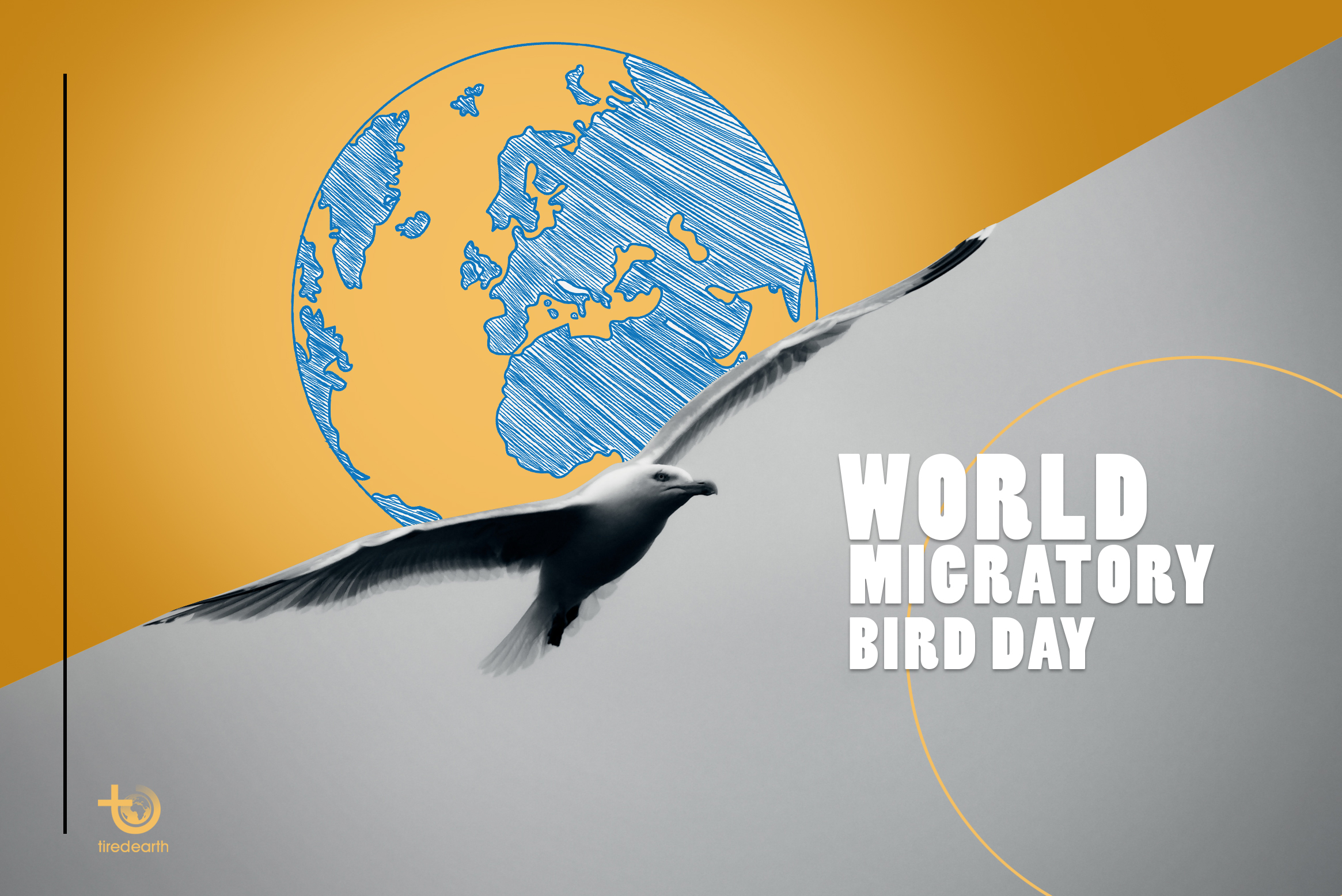Why Do Birds Migrate?
Birds migrate to move from areas of low or decreasing resources to areas of high or increasing resources. The two primary resources being sought are food and nesting locations.
Birds that nest in the Northern Hemisphere tend to migrate northward in the spring to take advantage of burgeoning insect populations, budding plants and an abundance of nesting locations. As winter approaches and the availability of insects and other food drops, the birds move south again. Escaping the cold is a motivating factor but many species, including hummingbirds, can withstand freezing temperatures as long as an adequate supply of food is available.
Some threats to migratory birds
The most common and most deadly threats to migratory birds include:
Pollution
Pollution such as lead poisoning or oil spills is not only harmful to locally affected birds, but to migratory birds as well. Polluted habitats provide less food, and birds that ingest toxins during migration may continue to suffer from the poisonous effects longer after leaving the area. Furthermore, heavy pollution will reduce suitable habitat, making it more difficult for birds to complete their migration successfully.
Poaching
Many hunting seasons coincide with migration periods, making this perilous time even more threatening for birds. Illegal hunting and poaching are also a threat at this time. Even legitimate, experienced hunters may make mistakes and inadvertently shoot protected birds that they have misidentified in flight.
Habitat loss
Inadequate food supplies cause starvation among migrating birds every year. This may be caused by habitat destruction that effectively strands migrating birds without food along their route, or it can be due to greater feeding competition among large flocks of migratory birds.
Collisions
Tens of thousands of migrating birds collide with obstacles in mid-flight during both spring and fall migrations, and the majority of these collisions cause fatal injuries. Even if the birds are not killed on impact, stunned birds are more susceptible to predators. The most common dangerous obstacles include tall glass buildings, electrical wires and poles, wind turbines, and similar structures.













Comment
Reply